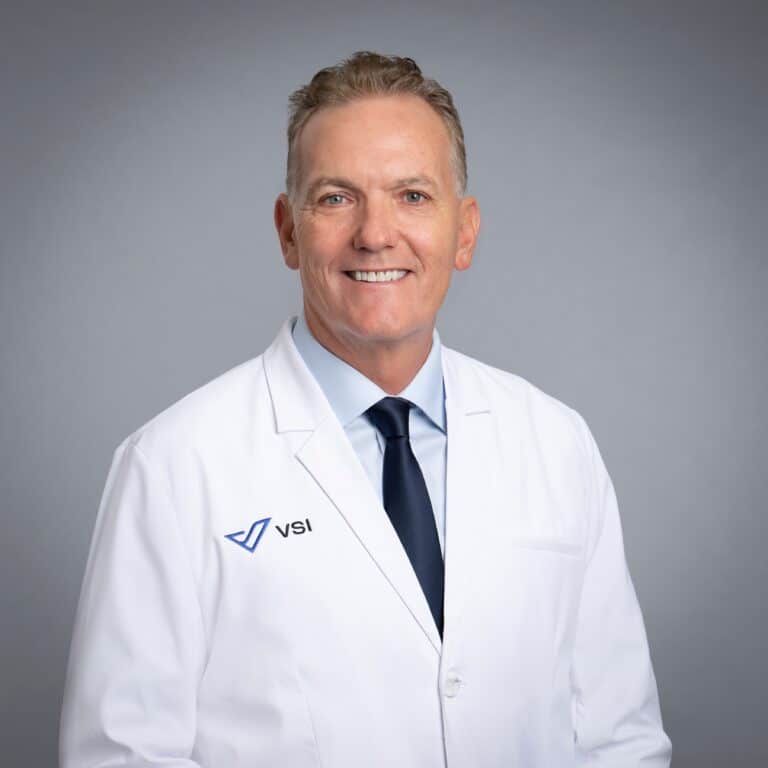
What to Ask your Doctor if you’ve been Prescribed Opioid Medications
Misuse of narcotic medications has contributed to a significant drug overdose crisis in the United States.
This happens a lot more often than you’d think, and it’s an easy trap to fall into.
Keeping people from receiving too much medication in the first place prevents accidental diversion or abuse. The good news is, opioid medications are not commonly needed to treat neck or back pain.
There are many other options prior to narcotics to reduce or eliminate pain. Before defaulting to narcotics, make sure you’ve tried everything on this list.
If it hurts, stop doing it.
First and foremost in methods to reduce pain is to stop the offending activity that causes it. For example, if you are picking up a heavy item and your back hurts, stop picking up the heavy item. The same is true if swinging a golf club hurts your back — then stop swinging the golf club.
Enroll in a good physical therapy program
Physical Therapy will help to make certain that you are doing proper strengthening, mobilization of tissues, and appropriate flexibility under the guidance of a licensed medical professional. The common causes of acute neck and back pain are joint restrictions. By strengthening the muscles around these joints and mobilizing the joints that are in the spine. Pain often can be handled with simple nonoperative fusion. Remember, exercise is medicine and doing proper exercise and using proper ergonomics often takes care of most acute symptoms.
If the anti-inflammatory medications do not work such as nonsteroidal anti-inflammatory drugs, then the use of an actual steroid would be the next step up to provide inflammation reduction and constant pain relief.
Introduce an anti-inflammatory for ongoing pain
For those that have ongoing pain, the use of an anti-inflammatory — if you can tolerate it — like Motrin or Aleve, are very attractive in decreasing inflammation and pain. This is often the first course of medicine from most people assuming that they can tolerate these medicines. If the pain still persists, Tylenol can often be added in. Tylenol is a non-narcotic pain medicine and can be very effective when used appropriately in treating acute symptoms.
Try a muscle relaxant
Once you have tried the first three solutions, a muscle relaxant, or a nerve agent, such as gabapentin or Lyrica are common medications that assist a struggling patient with the suggestion of relief.
If you find that none of these approaches work, you may have what is considered severe pain. When this type of pain prevents you from carrying out your activities of daily living or sleeping, then potentially a short-term use of a mild narcotic will be appropriate. But, be warned: Long-term use is often detrimental and should be avoided whenever possible.
So, if your doctor gives you a pain medicine prescription such as hydrocodone, oxycodone, or morphine, what should you do?
At this point, your next question should be “Do I need a more significant intervention to help alleviate my pain?”
- This may involve the injection of a steroid medicine into the area of injury that can be identified, such as a disc herniation or inflamed nerve or inflamed joint.
- If these symptoms persist in spite of that, regenerative medicine using the patient’s own biology can often assist in treating injured discs or strained ligaments or tendons.
- Finally, surgical intervention can offer relief if the pain is too severe in most situations. We have significant minimally invasive techniques and motion-preserving techniques such as disc replacement that enable us to safely and simply restore people’s lives and eliminate the offending problem. The use of narcotics sometimes can assist in this process, but whenever possible be avoided as a long-term solution.
The most important question to ask your doctor is, “do I really need that narcotic, and what are better options to manage my pain and help me function optimally?”
Topics covered
About the Author
Featured Resources
Insights to Achieve a Pain-Free Life


